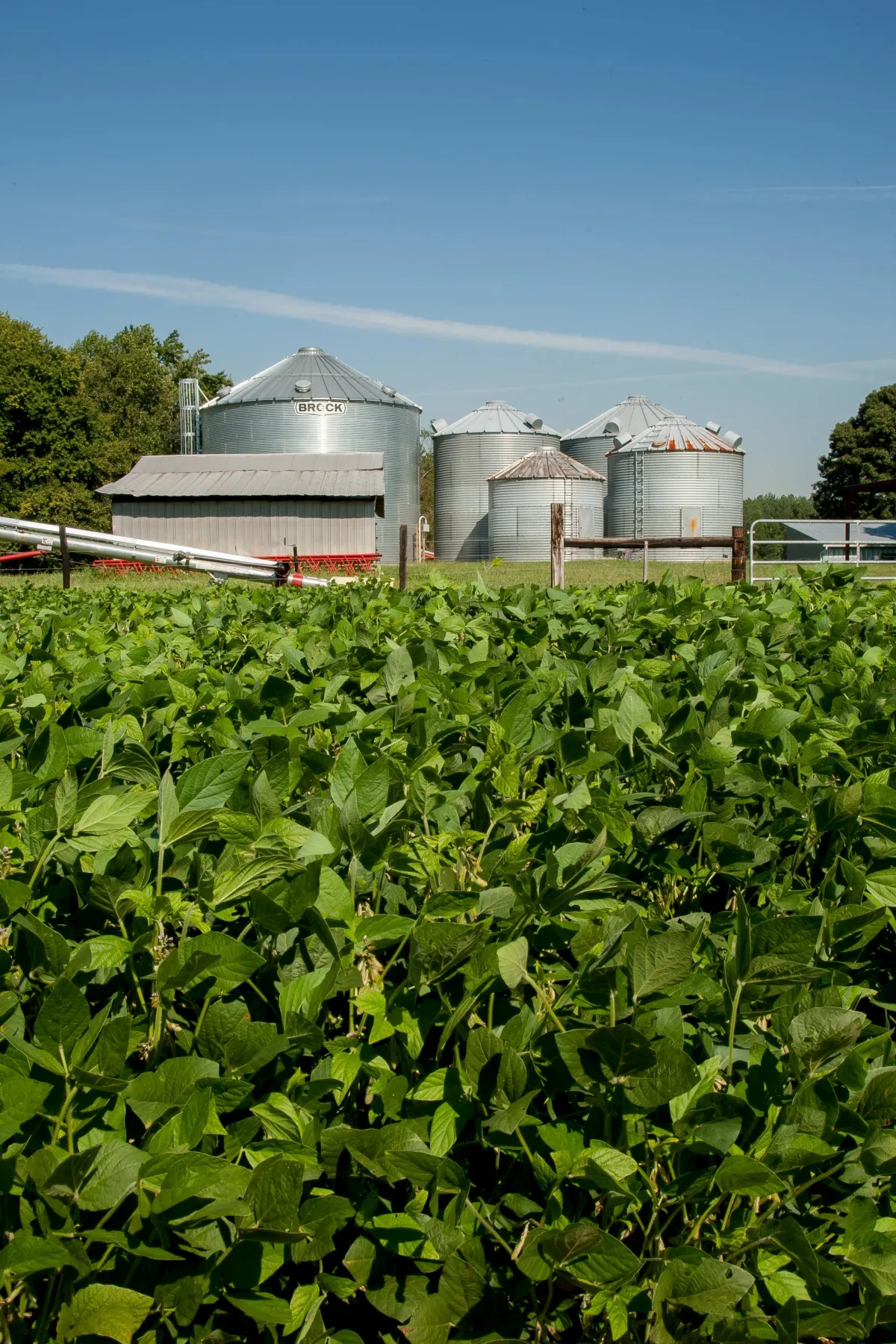
Why 2025’s Growing Season Demands a Smarter Marketing Strategy
Why 2025’s Growing Season Demands a Smarter Marketing Strategy
Planting season might be over, but that doesn’t mean the real market action isn’t yet to come. Farmers in the Midwest and the Corn Belt finished planting on an almost record-breaking timeline this spring. The USDA shows corn at 97% and soybeans at 90% planted across the U.S., well above the five-year average. The markets, then, will be eyeing their next driver, mainly the weather.
This is the time of year where price movement stops being about acres planted, or seed in the ground, and starts being about weather forecasts, rainfall maps, and storm systems. Weather markets are what traders call these weeks and months of the year. It’s a time known for swift, volatile, unpredictable price movement that can reward planning and punish inactivity.
Weather markets aren’t a new phenomenon by any means. In 2012, corn futures shot up by more than $3 per bushel in the span of June through August, after a heat wave and dry conditions began sweeping across the Midwest unexpectedly. Producers with their marketing plans in place were able to profit off of the run. Those who did not were left on the sidelines as one of the largest rallies in recent history took place. The lesson from 2012 holds true today when the market begins pricing the sky, you can’t have your strategy on autopilot.
Planting progress this season has left the market with a sense of certainty, at least for the time being. Corn at 97% and soybeans at 90% in the ground is well ahead of schedule. As a result, the markets have moved their attention away from planting percentage or acres in the ground, and back to the fickle variables of summer weather.
Why does this matter? For one, there’s very little weather premium priced into the market at the time of this writing. For traders and producers alike, the market is now in weather-watch mode. June and July weather shifts can create volatility almost instantly.
Planting has laid the foundation for what could be a textbook weather market summer. But has your marketing plan been adjusted accordingly?
Supply-driven markets run on planting intentions, acreage reports, or harvest estimates. Weather markets run on the next five days, the next heat dome, or the next freak dry spell in Iowa. Futures change on unbridled events outside of a producer’s control, such as drought or deluge. That’s because the market is pricing in fear, risk, and expectation all at the same time.
A hot, potentially dry summer across key production areas is in NOAA’s forecast for this year. It’s not a guarantee of reduced yields or lower production, but price spiking due to the threat of heat and drought is often enough to make it a reality. The same goes for reversal on cooler, wetter weather forecasts.
For producers, this could mean volatility to create opportunity, but also volatility to create risk. Prices that promise to open up margin may very well disappear overnight before you have a chance to take action. For that reason, it’s more important than ever to have a marketing plan in place that accounts for floor protection as well as upside potential.
Tools for Managing Risk in a Volatile Market
This isn’t the season to rely on “gut feel” or wait-and-see strategies. Several tools can help producers stay ahead:
Forward Contracts: Lock in a portion of expected production now to capture favorable prices when the market offers them.
Hedge-to-Arrive Contracts: Allow locking in futures prices while leaving basis open, providing flexibility as local basis levels shift.
Options Strategies: Using puts or collars can help protect downside risk while keeping some upside open if markets run higher.
Crop Insurance Considerations: While not a marketing tool, revenue protection policies provide critical downside coverage, especially in a volatile year.
More importantly, these strategies should be discussed with trusted advisors, marketing consultants, grain merchandisers, or risk managers, before the market forces your hand.
Every year brings its own quirks, but the backdrop of 2025 adds urgency to market discipline. Global grain stocks are tighter than they’ve been in years, thanks in part to geopolitical tensions and shifting trade routes. Demand for U.S. grain remains steady, but global competition is fierce, especially from South American producers.
Weather markets offer windows of opportunity, but they rarely stay open long. Producers who wait for a “perfect price” may find themselves chasing a falling market if weather conditions shift against expectations.
A weather market rewards readiness. This summer, more than ever, having a flexible, proactive grain marketing strategy may make the difference between protecting profits or watching them evaporate in a few days of missed opportunity. If you’re not already working with a market advisor or haven’t updated your marketing plan for this year’s conditions, now’s the time. Remember, when the skies start moving the market, waiting could cost more than you think.